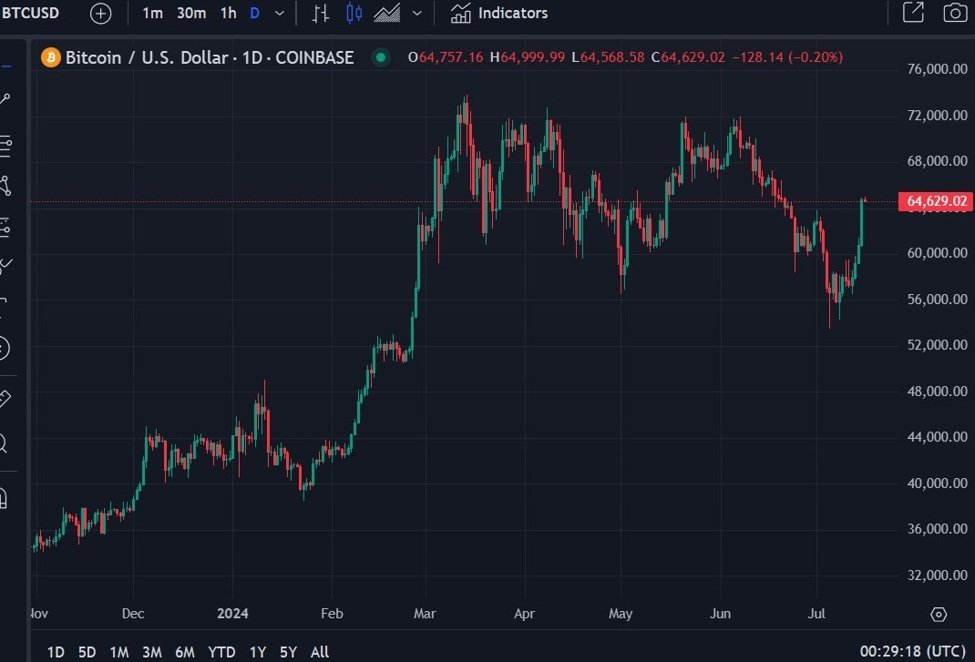This is The Takeaway from today’s Morning Brief, which you can sign up to receive in your inbox every morning along with:
One of the most notable bears on Wall Street finally flipped this week.
Morgan Stanley’s Mike Wilson raised his price target for the S&P 500 over the next 12 months to 5,400 from 4,500, a 20% jump amid a market Wilson sees defined by “higher than normal uncertainty.” Josh Schafer has more on Wilson’s call here.
And in his report, Wilson included a chart that serves as a note of caution to stock market bulls looking for lower rates to power the next leg of this rally.
“[There] is a wide array of return outcomes across history following the start of the cutting cycle,” Wilson wrote.
“In many ways, this analysis encapsulates our outlook well — a balanced risk/reward profile in the average/base line view, but the potential for a wide array of scenarios to play out. Once again, get ready for some notable swings in sentiment, positioning and prices.”
The S&P 500’s average annual return is around 10%, making the 12-month returns that follow rate cuts, on average, well below this bogey. And with the exceptions of 1974, 1989, and 2019, year-ahead returns for the S&P 500 after rate cuts have typically been well outside this historical average both high and low.
All else equal, lower interest rates benefit riskier assets like stocks, bringing down the return hurdle that makes stocks preferable to something like fixed income.
What Wilson’s data reminds us, however, is that rate cuts aren’t something the Federal Reserve typically does “just because.”
Even the winning years in Wilson’s chart are reminders of precarious moments in financial market history — the 1994 bond market crash gave rise to James Carville’s famous complaints about “bond vigilantes,” and 1998’s emerging market crisis and collapse of LTCM forced the Fed to take drastic action to save a single hedge fund.
Go back 18 months and Wall Street expected a recession to prompt rate cuts. Today, the Fed is looking for “greater confidence that inflation is moving down sustainably toward 2%” as the catalyst to lower rates.
Last year’s view on rate cuts was in line with history: A negative shock prompts the Fed to move. The current view is anomalous.
Though as Wilson notes, in the current market, what else would you expect?
“The last couple of months have been a microcosm in this respect as economic growth data have once again cooled after a period of strength, while inflation data have been bumpy,” Wilson wrote.
“In short, macro outcomes have become increasingly hard to predict as data have become more volatile. We see this environment persisting.”
Click here for the latest stock market news and in-depth analysis, including events that move stocks
Read the latest financial and business news from Yahoo Finance











